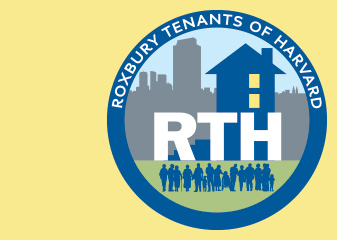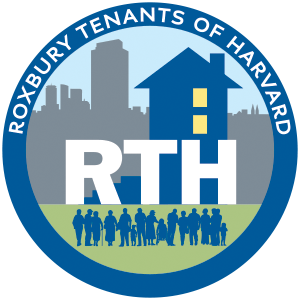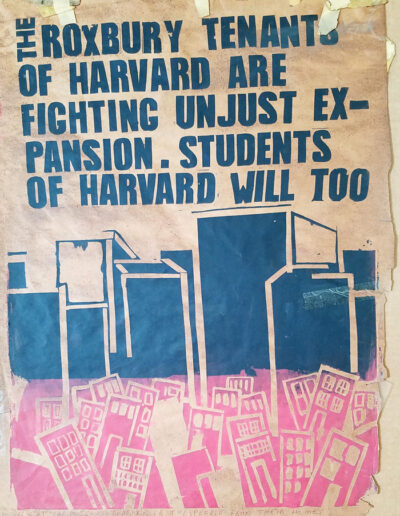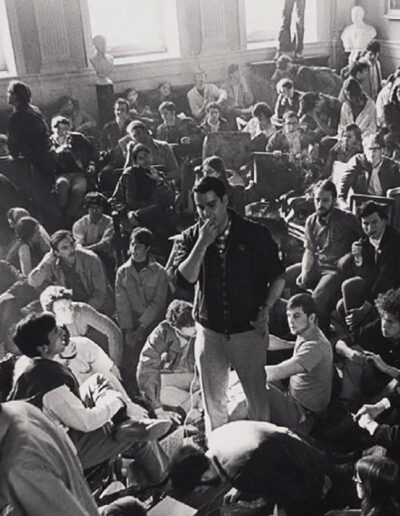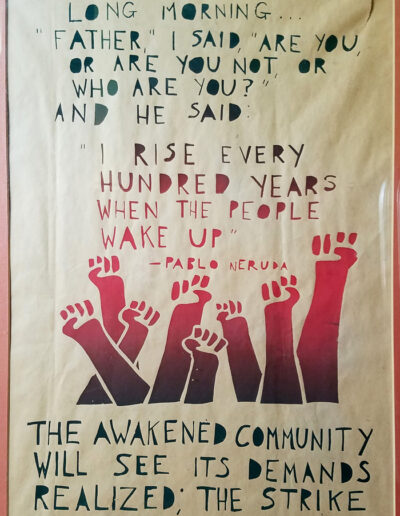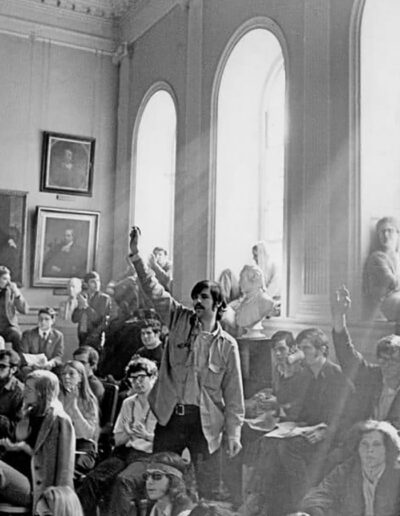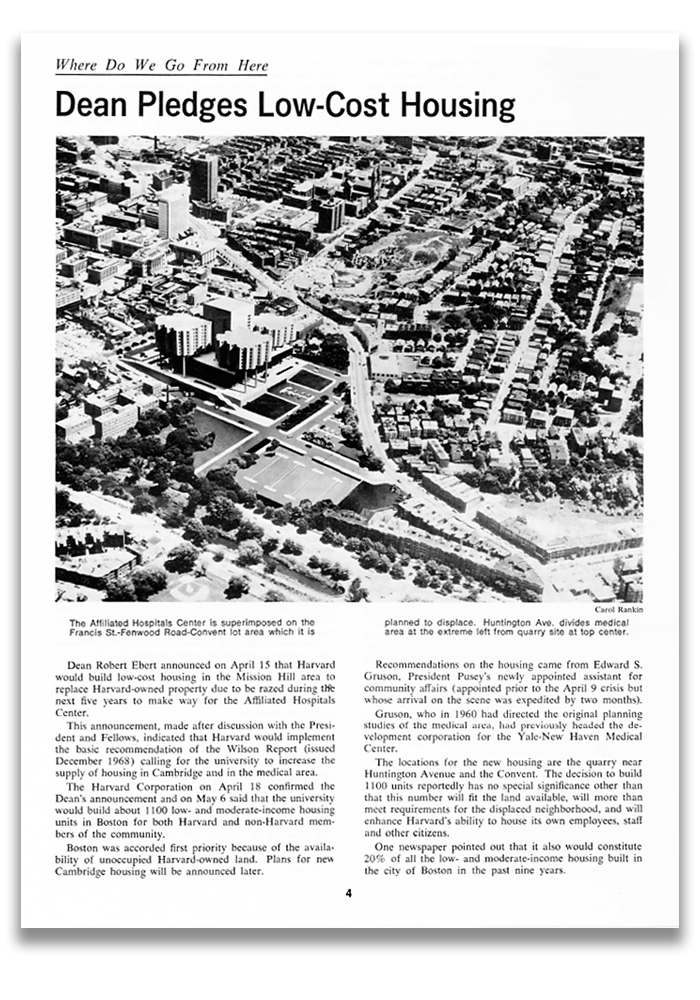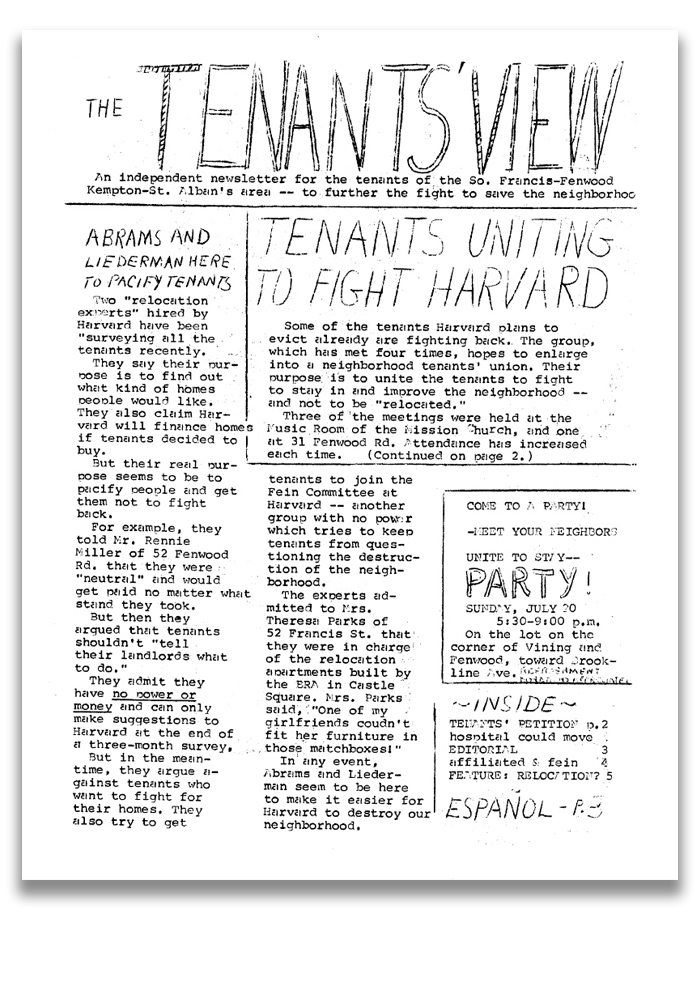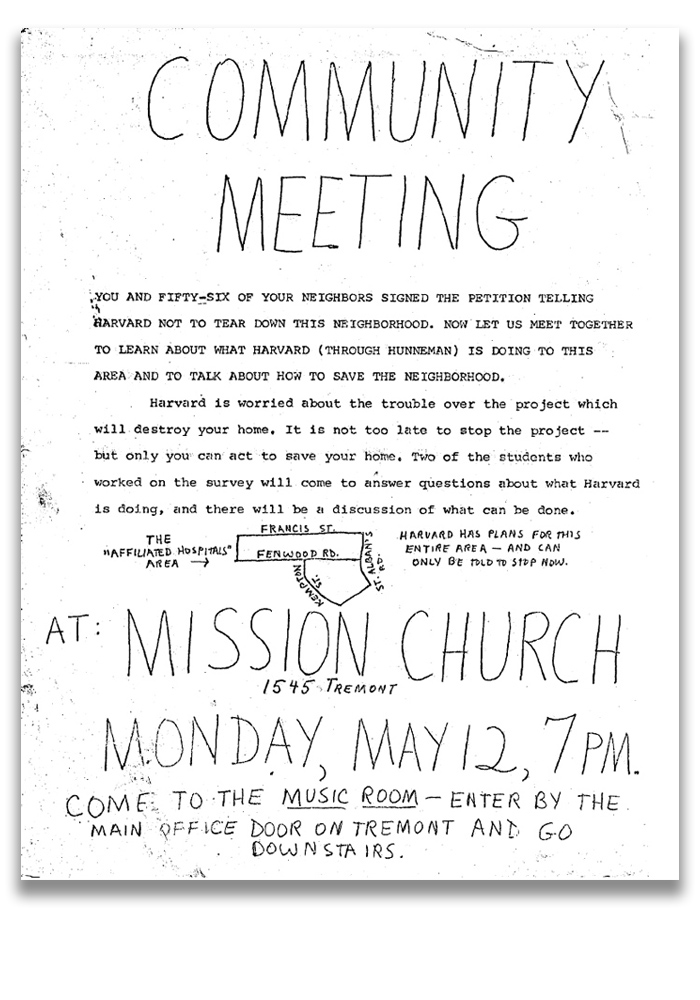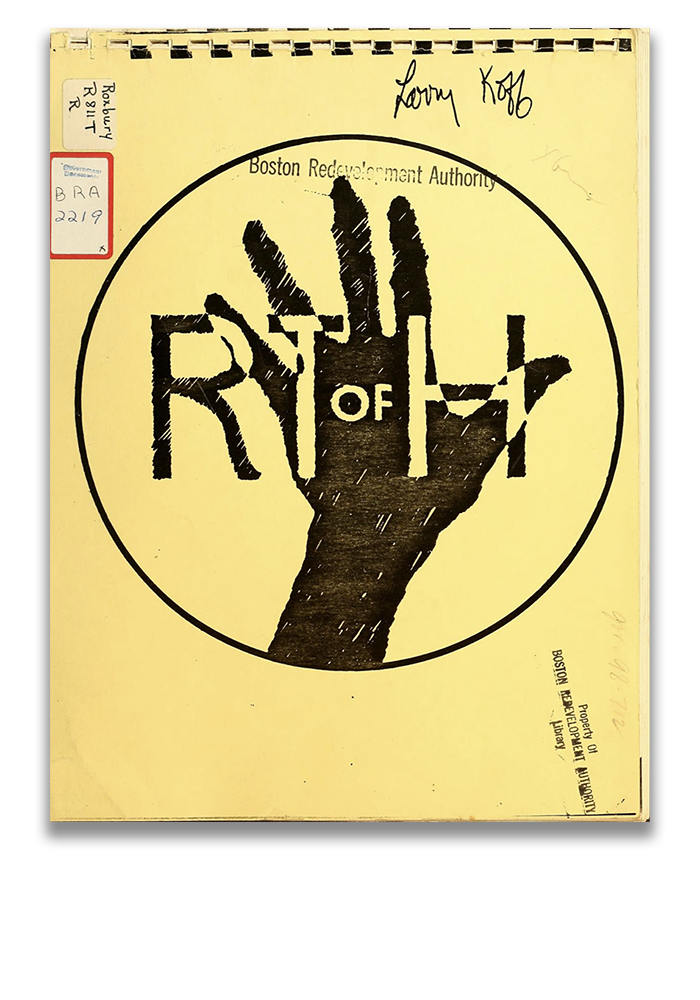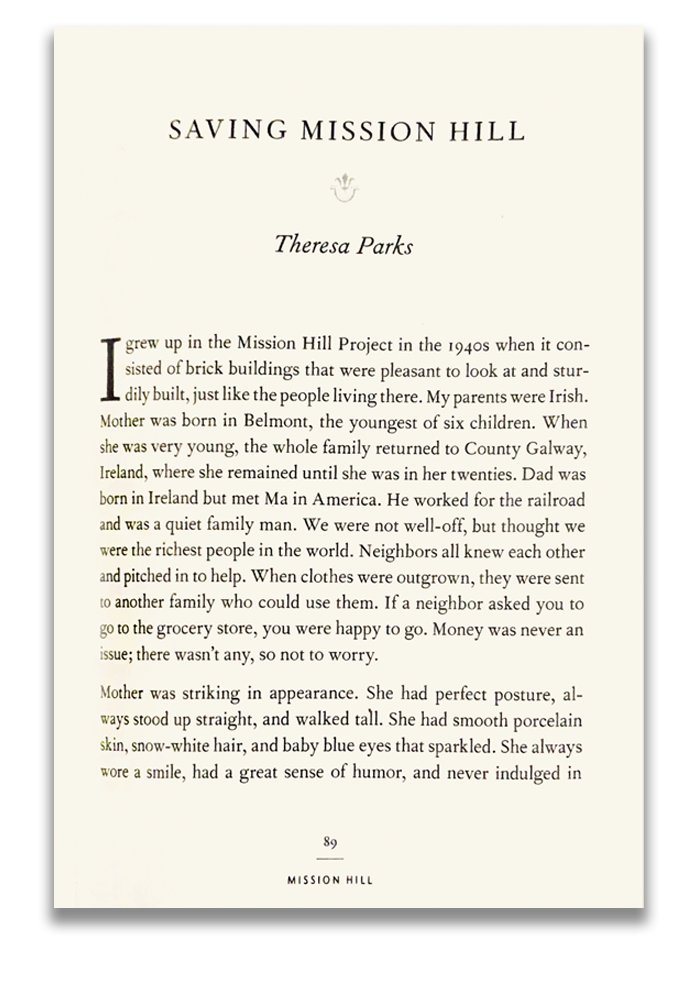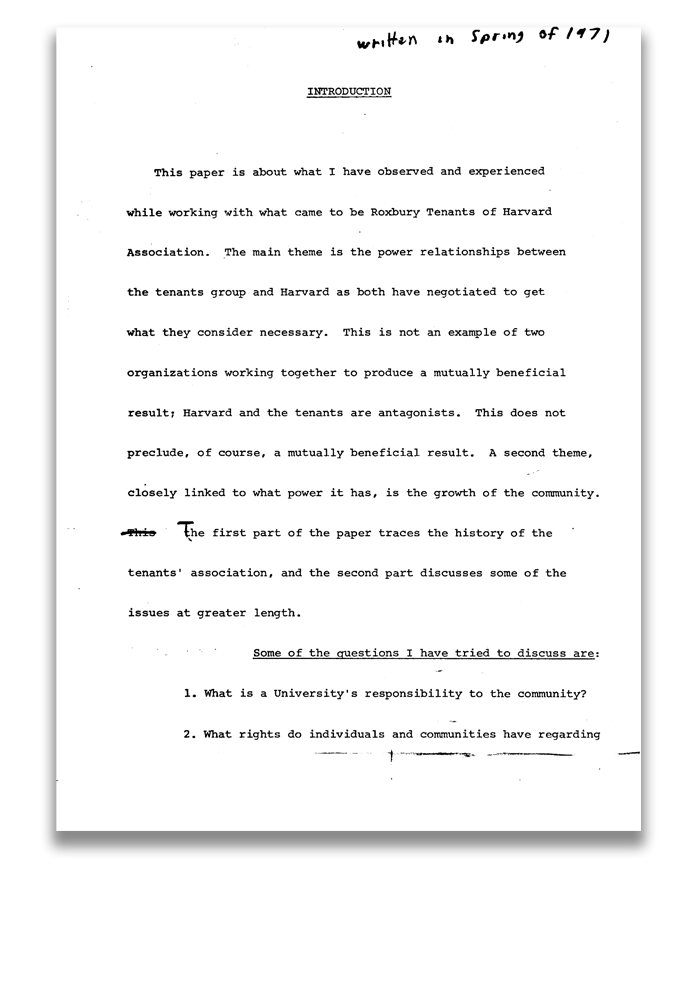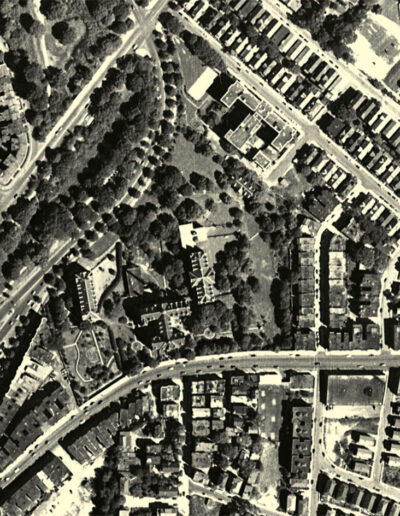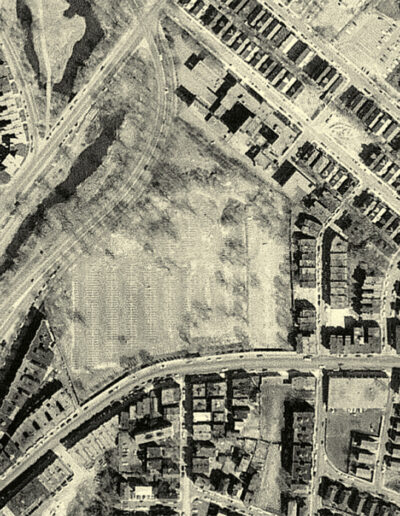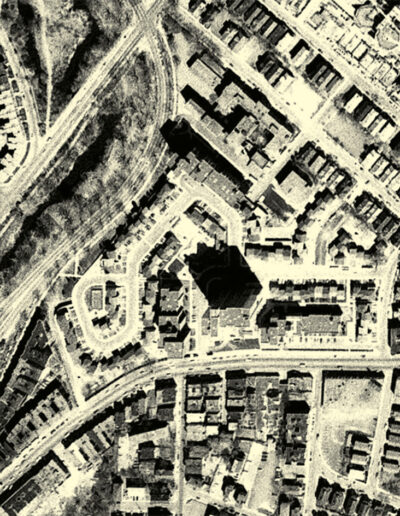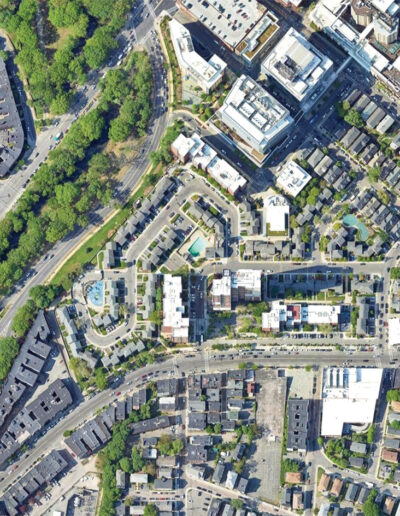Our Story
MISSION STATEMENT
RTH seeks to develop, preserve and maintain safe and affordable housing for low and moderate income people of diverse backgrounds in the RTH/Mission Hill neighborhood and to improve the quality of life for its residents. We achieve this through property management, construction and rehabilitation of properties, provision of social and educational services, workforce development, and community activism. As one of the oldest grassroots, tenant organizations, we dedicate ourselves to defending the rights to quality, affordable housing for people of all races and cultures as well as promoting tenant empowerment through active tenant participation in leadership and development.
At Roxbury Tenants of Harvard, we believe in the power of people. Our story is not just about bricks, beams, or construction blueprints, but about the indomitable spirit of a community determined to shape its own destiny. It’s about ordinary individuals, rising to extraordinary challenges, and creating a legacy to last for generations.
Setting the Stage
In the turmoil of the 1960s, the Mission Hill neighborhood was caught in the whirlwind of institutional expansion and urban redesigns. Behind every brick and building were the stories of families, many of whom had called this place home for decades. Economically diverse, culturally rich, and with ties that wove tightly through generations, this was a neighborhood with a strong foundation of people who cared about each other.
But at the same time, Harvard Medical School was making land acquisitions in Mission Hill, changing the very essence of the community. Houses that were once well-maintained by local landlords became neglected. Families found themselves contending with a shifting environment—loud noises at odd hours, unkempt buildings, and students driving wildly through neighborhood streets. They faced all this, and the looming threat of displacement.
SHOW MORE
Despite the adversities, the community’s trust in Harvard’s intentions remained. They believed in the institution’s promise of low-cost housing and better community facilities. But Harvard’s continued outward growth, with little attention paid to the residents of Mission Hill, shattered that trust and revealed a landscape of land grabs and decisions that seemed far removed from the neighborhood’s interests.
The community perceived Harvard’s approach as an exercise in bureaucracy, with multiple layers shielding decision-makers from the real, lived experiences of Mission Hill residents. But to them, it was clear: to protect their community, they needed a direct line to those in authority. And to accomplish that, they had to work together.
A fusion of motivated students, faculty, and tenants took on the behemoth institution, making the preservation of the community one of the critical demands of the 1969 Harvard Strike. This collective resistance created the foundation needed for RTH to form.
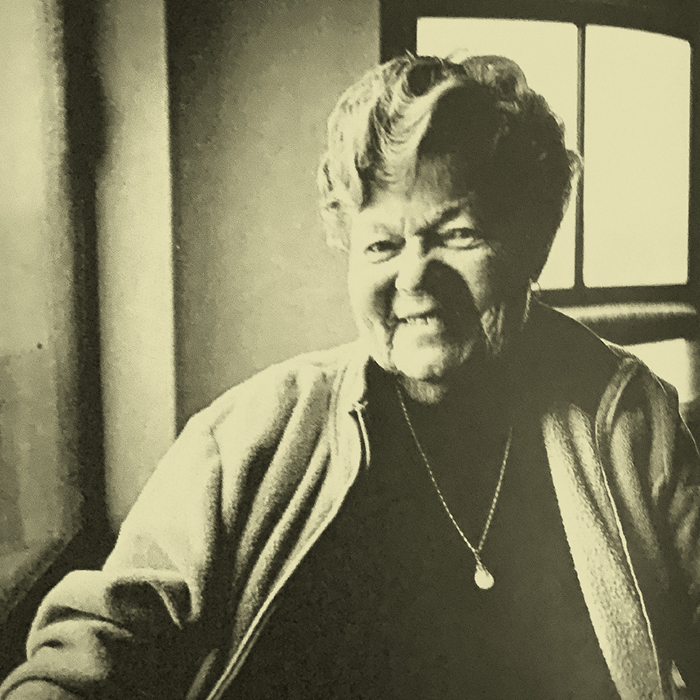
In The Beginning
At the epicenter of this upheaval was Theresa Parks, a steadfast resident whose family home on Francis Street was earmarked for demolition. Rather than bow to the university’s intentions, Theresa’s defiance was resolute: “I’m not going to move.”
One fateful fall evening in 1968, a knock on Theresa Park’s door changed the trajectory of Mission Hill. Three visionary Harvard students, Doug Levinson, Jean Neville, and Hayden Duggan, all driven by a passion for social justice, sought to rally the community against the looming displacements planned by their university. While they had limited information on the specifics of the situation, their visit acted as a catalyst for change.
SHOW MORE
The trio, bound by a shared cause, began hosting meetings in the Parks’ residence, paving the way for the formation of the original Roxbury Tenants of Harvard. Together, they envisioned a collaborative, grassroots movement that would challenge Harvard’s ambitions and seek to protect the rights and homes of Mission Hill residents. Their joint endeavor aimed not just to resist the university’s expansion but to underscore the importance of community consent and preservation in the face of institutional obduracy.
And so, RTH was officially birthed in 1970, with a clear vision: “The Roxbury Tenants of Harvard is an association of community residents dedicated to coordinating community response to the deterioration and destruction of their neighborhood,” they wrote in their report to inform interested parties of the critical situation in Mission Hill. Guided by a board of community residents the organization was determined to be the voice and shield of the community.
The original board members included Mrs. Beatriz Powers, Mrs. Mary Stanton, Mrs. Theresa Parks. Mr. Robert Parks, Mr. Claude C. Miller, Mr. Robert Setlik, and Mr. William Franklin. In addition, the efforts of architect John Sharratt were instrumental to the development of RTH.
Early Documents
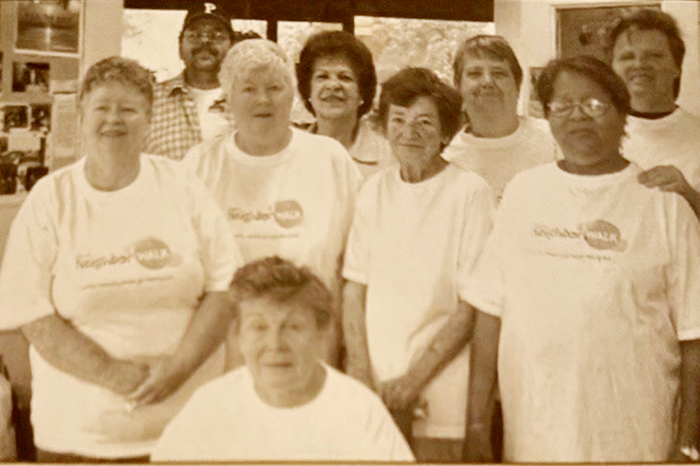
The Evolution of RTH
In the four decades since it began, Roxbury Tenants of Harvard (RTH) has undergone a profound transformation, evolving from a grassroots movement into a major force in urban planning and community development. This period has been marked by a complex interplay of confrontation and collaboration, particularly with Brigham and Women’s Hospital and Harvard University. This dynamic has reshaped the western Longwood Medical area and its adjacent neighborhood, leading to significant investments in both residential and institutional development. RTH’s role in directing over $1.5 billion in this development has resulted in 1.2 million square feet of new and preserved mixed-income housing and 2.5 million square feet of institutional development, which uniquely respects and integrates with its residential surroundings.
SHOW MORE
Through the decades, RTH has expanded its portfolio significantly. For example, in 1982, RTH successfully negotiated a 50-year lease for 17 buildings containing 81 apartments, known as Restoration Housing. Then in 1983, they acquired a 50-year lease from Harvard for 68 units in the Old Neighborhood Resident’s Association (ONRA) on Fenwood and Francis Street, initially operating as a limited equity co-op. Over time, RTH has purchased and rehabilitated 965 units of low and moderate-income housing, including the 775-unit Mission Park complex, and now owns over 40,000 square feet of commercial space and community facilities, along with a 1287-space commercial parking facility. Additionally, RTH has 136 new units of predominantly affordable housing in the pipeline. These projects reflect RTH’s unwavering commitment to preserving and enhancing the community’s character and ensuring long-term affordable housing options.
RTH’s remarkable journey over the past 40 years also includes the development of robust resident services. The RTH Children’s Center, After-School Program, Youth Development Program, Betty Powers Library/Computer Learning Center, and Senior Services are testaments to the organization’s holistic approach to community development. These programs cater to residents of all ages, from infants to seniors, emphasizing education, wellness, and social engagement. Moreover, through its partnership with Brigham and Women’s Hospital, RTH offers extensive health and wellness, educational, and workforce development services. These initiatives reflect the organization’s broader vision of creating a self-sustaining, empowered community.
Governed by an 11-member resident-controlled Board of Directors, RTH benefits from leadership that is deeply rooted in the community. This governance structure ensures that the organization stays true to its mission and responsive to the needs of its residents. The Executive Director, reporting directly to the Board, manages the organization with a balance of internal focus and external engagement. This leadership structure has been instrumental in fostering a strong sense of community, maintaining high quality of life, and ensuring robust community participation throughout RTH’s history.
Roxbury Tenants of Harvard has grown immensely over the decades, serving as a guardian of affordable housing, while expanding its mission to become a holistic community. Now made up of over 1,114 apartments, townhomes, and multi-family homes, as well as local businesses, gyms, and other community cornerstones, RTH prioritizes enhancing the quality of life for its residents.
For over 50 years, Roxbury Tenants of Harvard has continued its commitment to fostering a vibrant, supportive, and enriching environment remains evident. Whether it’s through housing, health, or community engagement, RTH stands as a testament to the enduring power of collective action and community spirit.
Founders Day 2023
In February of 2023, Roxbury Tenants welcomed back community founders Dr. Douglas Levinson and Dr. Hayden Duggan as well as families of other contributors. During their visit, we had the opportunity to capture a few photos, as well as conduct an interview with Dr. Duggan and Dr. Levison about their experiences advocating for the local community that led to the creation of RTH.
Please take a few minutes to listen to the audio of that interview, as well as enjoy the photos of their visit.
